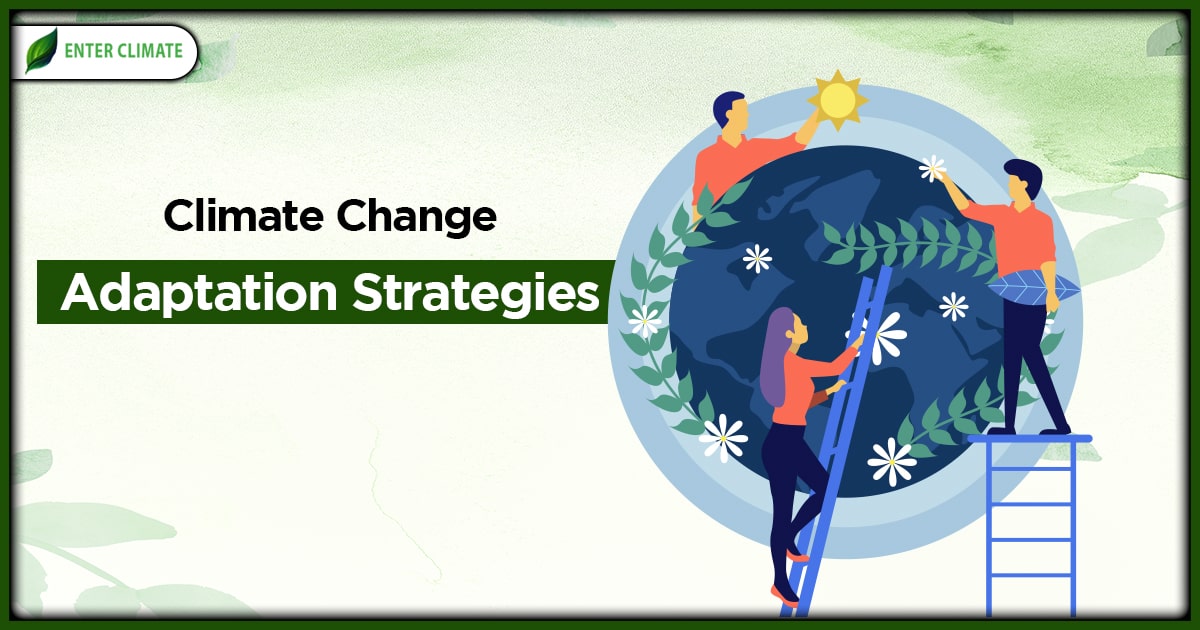Report on Contemporary Feminist Issues and Their Alignment with Sustainable Development Goals
This report analyzes key debates within contemporary feminism in Mexico and globally, assessing their implications for the achievement of the United Nations’ Sustainable Development Goals (SDGs). The discussion highlights tensions surrounding gender identity, bodily autonomy, gender-based violence, and the efficacy of public policy in promoting equality.
1. Inclusivity, Identity, and the Rise of Conservatism
A significant challenge to achieving SDG 5 (Gender Equality) and SDG 10 (Reduced Inequalities) is the growing social and political conservatism that reinforces traditional gender roles. This trend clashes with the evolving understanding of gender identity and creates internal divisions within feminist movements.
1.1. The Debate on Transgender Inclusion
- The question of “what is a woman?” is central to internal feminist debates. One perspective argues that womanhood transcends biology, encompassing cultural and social experiences of feminization and marginalization.
- This inclusive stance advocates for recognizing trans women, who often face extreme violence and discrimination, as integral to the feminist struggle, aligning with the core SDG principle of “leaving no one behind.”
- Conversely, exclusionary positions prioritize biology as the determinant of womanhood. Such views risk undermining human rights and fragmenting the collective effort required to achieve SDG 5.
1.2. The Resurgence of Traditional Femininity
Concurrent with debates on identity, there is a notable rise in movements promoting traditional domestic roles for women. This ideology directly opposes the objectives of SDG 5, particularly targets related to recognizing unpaid care work and ensuring women’s full participation in economic and public life.
2. Bodily Autonomy and Economic Rights: Sex Work and Surrogacy
Discussions concerning sex work and surrogacy highlight the complex intersection of bodily autonomy, economic rights, and potential exploitation, posing challenges for policy frameworks aiming to support SDG 8 (Decent Work and Economic Growth) and SDG 5.
2.1. Sex Work: Regulation vs. Abolition
- Abolitionist Position: This view seeks to eradicate sex work, framing it as an inherently exploitative power dynamic. It aligns with efforts to combat human trafficking, a key target under SDG 16 (Peace, Justice and Strong Institutions).
- Regulationist Position: This perspective advocates for legalizing sex work to provide labor rights, social security, and protection from violence, thereby contributing to SDG 8. It distinguishes consensual work from trafficking and centers the agency of workers. The legalization of sex work in Mexico City is cited as a step towards this model.
2.2. Surrogacy: Industry vs. Individual Rights
- Surrogacy is debated as both a potential form of exploitation and an expression of individual bodily autonomy.
- Concerns are raised about the commodification of women’s bodies, particularly those of racialized and lower-class women, which conflicts with the principles of SDG 10.
- A proposed solution is to establish strong legal frameworks that protect individuals from industrial exploitation while respecting personal decisions. This approach mirrors labor regulations designed to ensure decent work (SDG 8) by setting a floor for rights and preventing abuse, rather than imposing an outright ban that could create a dangerous black market.
3. Gender-Based Violence and Institutional Failures
Violence against women, particularly femicide, remains a critical barrier to development. Addressing this issue is fundamental to achieving SDG 5 (Target 5.2: Eliminate all forms of violence against women) and SDG 16 (Target 16.1: Significantly reduce all forms of violence).
3.1. The Centrality of the Body and Structural Violence
The focus on bodily integrity in feminist activism (“My body is mine”) is a direct response to pervasive physical, sexual, and psychological violence. These acts are not isolated incidents but manifestations of deep-rooted structural inequality.
3.2. Impunity as a Determinant Variable
- Despite legislative achievements like the criminal classification of femicide, violence against women has not decreased in Mexico.
- The primary obstacle identified is systemic impunity. The failure of justice systems to hold perpetrators accountable undermines the rule of law and perpetuates cycles of violence, directly hindering progress on SDG 16.
- Grassroots organization and collective action are deemed essential to combat both the violence and the institutional failures that enable it.
4. Public Policy and Structural Gender Gaps
The effectiveness of government policies in addressing the root causes of gender inequality is a critical area of analysis. Current strategies in Mexico are critiqued for failing to create sustainable, institutional change aligned with SDG targets.
4.1. Direct Cash Transfers and Clientelism
Programs like the “Salario Rosa” and other direct cash transfers are examined. While they may provide short-term relief and recognize domestic work, they are criticized for:
- Lacking a Structural Approach: These policies are often clientelistic and fail to address underlying gender gaps in wages, employment, and political power.
- Being Unsustainable: As they are not institutionalized, such programs are vulnerable to political changes and do not build long-term capacity for women’s economic empowerment, falling short of the ambitions of SDG 1 (No Poverty) and SDG 5.
4.2. The Need for Institutionalized Policies
To make meaningful progress, public policy must shift from discretionary transfers to institutionalized support systems. Key areas requiring investment and legislation in line with SDG 5 include:
- Pay Equity: Legislating and enforcing equal pay for work of equal value.
- The Care Economy: Establishing national programs for childcare, elder care, and support for domestic work (Target 5.4). This includes daycare centers and full-time schools.
- Political Participation: Moving beyond token representation to ensure women have an equal footing in decision-making at all levels (Target 5.5).
The analysis concludes that without a commitment to robust, institutionalized public policies that address structural inequalities, progress towards gender equality and the broader Sustainable Development Goals will remain limited.
Analysis of Sustainable Development Goals in the Article
1. Which SDGs are addressed or connected to the issues highlighted in the article?
- SDG 5: Gender Equality: This is the central theme of the article. It is addressed through discussions on violence against women (femicide, harassment), discrimination against specific groups (trans women), the need for equal political and economic rights (wage gaps, token representation), and the value of care work (daycare, shelters).
- SDG 16: Peace, Justice and Strong Institutions: The article directly connects to this goal by highlighting the failure of the justice system. The discussion on femicide emphasizes that the primary issue is not the lack of laws but the pervasive “impunity” that accompanies these crimes, indicating a lack of access to justice and weak institutions.
- SDG 8: Decent Work and Economic Growth: This goal is relevant to the debates on sex work, surrogacy, and economic inequality. The article discusses the legalization of sex work as a job, the need for labor regulations to prevent exploitation in surrogacy, the existence of “wage gaps,” and the recognition of domestic work through programs like the “Salario Rosa.”
- SDG 10: Reduced Inequalities: The article touches upon this goal by examining how different policies and social structures affect women across various social classes and identities. This includes the debate on direct cash transfers for women in poverty, the exploitation of “racialized and lower-class women” in surrogacy, and the social exclusion of trans women.
2. What specific targets under those SDGs can be identified based on the article’s content?
-
SDG 5: Gender Equality
- Target 5.1: End all forms of discrimination against all women and girls everywhere. The article discusses the exclusion of trans women from some feminist circles, which is framed as a “violation of human rights” and a form of discrimination based on identity.
- Target 5.2: Eliminate all forms of violence against all women and girls… including trafficking and sexual and other types of exploitation. This is explicitly addressed through the discussion of “femicide,” “sexual abuse,” “harassment,” and the need to prevent “violence and trafficking networks” in the context of sex work.
- Target 5.4: Recognize and value unpaid care and domestic work through the provision of public services… The article criticizes the removal of institutionalized public policies such as “shelters, daycare centers, full-time schools, and care programs,” which are essential for supporting care work.
- Target 5.5: Ensure women’s full and effective participation and equal opportunities for leadership… The article points out that women’s political participation can be limited to “token representation,” suggesting a lack of genuine power and equal opportunity, even with a woman in a high office.
-
SDG 16: Peace, Justice and Strong Institutions
- Target 16.1: Significantly reduce all forms of violence and related death rates everywhere. The focus on “femicide” as a specific crime where women are murdered because of their gender directly relates to reducing violence-related death rates.
- Target 16.3: Promote the rule of law… and ensure equal access to justice for all. The article states that the “determining variable is impunity” in the case of femicides. It mentions “families of feminicide victims who have been demanding justice for years because there is none,” highlighting a severe lack of access to justice.
-
SDG 8: Decent Work and Economic Growth
- Target 8.5: …achieve full and productive employment and decent work for all women and men… and equal pay for work of equal value. The article explicitly identifies “equal pay” and “wage gaps” as “battles that have not been won,” directly referencing this target.
- Target 8.8: Protect labour rights and promote safe and secure working environments for all workers… This is relevant to the discussion on legalizing sex work to prevent persecution by police and regulating surrogacy to establish a “basic floor to protect individual rights and prevent abuse by an industry.”
-
SDG 10: Reduced Inequalities
- Target 10.2: …empower and promote the social, economic and political inclusion of all, irrespective of… sex… or other status. The debate over including “trans women, who are linked to the feminine” within feminist movements and social policies is a direct reflection of this target.
- Target 10.4: Adopt policies, especially fiscal, wage and social protection policies, and progressively achieve greater equality. The article critiques “direct transfers” as clientelistic policies that are not designed to eliminate the gender gap, contrasting them with institutionalized policies like care programs that are needed to achieve greater equality.
3. Are there any indicators mentioned or implied in the article that can be used to measure progress towards the identified targets?
- Rate of Femicide: The article’s focus on “femicide” as a specific criminal category implies that the number or rate of these murders is a key indicator for measuring violence against women (Target 5.2).
- Impunity Rate for Femicide: The text explicitly states that “the determining variable is impunity.” Therefore, the proportion of femicide cases that go unresolved or do not result in a conviction serves as a direct indicator of the failure to provide access to justice (Target 16.3).
- Gender Wage Gap: The article directly mentions “wage gaps” and the fight for “equal pay” as ongoing issues. The difference in earnings between men and women is a standard indicator for measuring economic equality (Target 8.5).
- Availability and Funding of Public Care Services: The text laments the removal of “shelters, daycare centers, full-time schools, and care programs.” The existence, budget allocation, and accessibility of these services are measurable indicators of a government’s commitment to recognizing and supporting unpaid care work (Target 5.4).
- Prevalence of Human Trafficking: The article mentions the need to prevent “trafficking networks.” The number of identified victims or prosecutions related to human trafficking would be an indicator for Target 5.2.
SDGs, Targets, and Indicators Summary
| SDGs | Targets | Indicators |
|---|---|---|
| SDG 5: Gender Equality |
|
|
| SDG 8: Decent Work and Economic Growth |
|
|
| SDG 10: Reduced Inequalities |
|
|
| SDG 16: Peace, Justice and Strong Institutions |
|
|
Source: letraslibres.com







